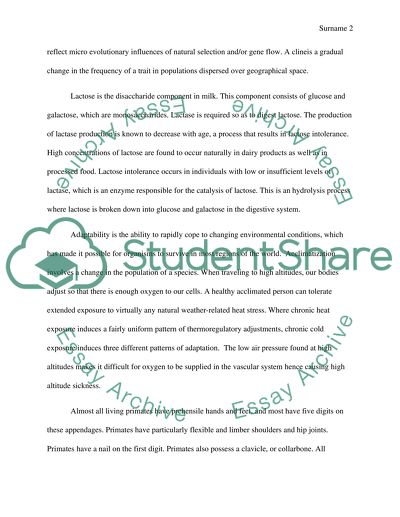Anthropology Essay Example | Topics and Well Written Essays - 750 words - 2. Retrieved from https://studentshare.org/anthropology/1487775-7qs
Anthropology Essay Example | Topics and Well Written Essays - 750 Words - 2. https://studentshare.org/anthropology/1487775-7qs.


